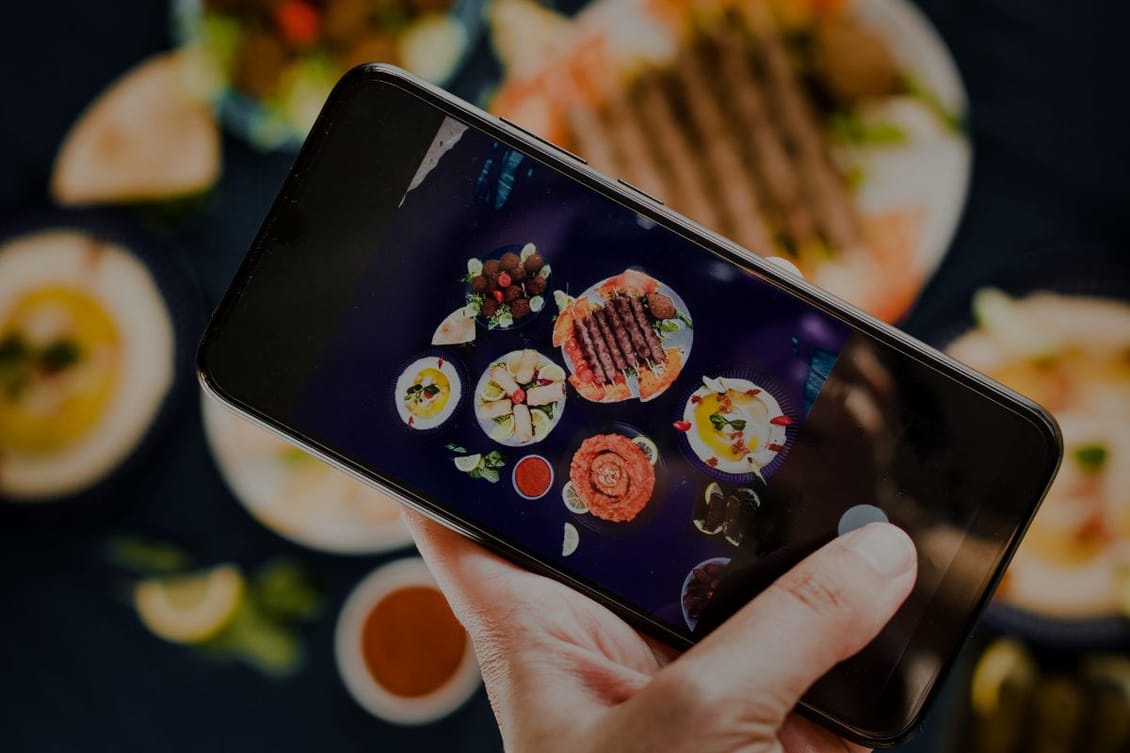
Food influencers. Are they still an important part of marketing strategies for F&B businesses – and why?
Firstly, the short answer is yes.
According to eMarketer, food influencer marketing is expected to grow by 42% from 2019 to 2024 – driven by factors including the growing popularity of social media platforms, and an increased interest from brands in reaching consumers through those platforms. Actually, food influencer marketing is still in relatively early stages; and we can expect to see a rise in food-related content in social media feeds over the next few years.
And Nielsen’s latest Global Trust in Advertising report found that 92% of consumers worldwide trust influencer marketing over traditional advertising – so digital content creators can “act as a voice piece” for brands that want to engage in a meaningful way on social media, and drive brand awareness.
Having a piece of brand-focused digital content that goes viral can be the catalyst for significant sales growth for an F&B brand. And influencers are, arguably, the best way to generate content with in-built virality; because they already have a following, they know how to navigate the social media landscape, and their popular content gets shared far and wide.
Because they already have an influence over their audience, they can encourage new consumer preferences. They’re trusted sources of information, so consumers are primed to trust (and buy) the food products they promote – which is why product recommendations from an influencer can drive a surge in demand.
Influencers are also experienced content creators, with the skills to create appealing content that resonates with their audience. They’re less constrained by the restrictions of internal brand marketing, and more likely to be creative and think outside the box. And that means they have the capacity to create content that will reach far beyond their existing audience, and go viral across social media.
Of all the examples of food products gaining unexpected popularity as a result of viral social media content, we particularly love…
Nathan Apodaca (@420doggface208) and his Ocean Spray video on TikTok. Apodaca’s car broke down on the way to work, and with no forward planning involved, he created the viral video of 2020: holding a bottle of Ocean Spray cranberry juice, he sailed down the road on his skateboard, lip-syncing along to Dreams by Fleetwood Mac. The video had more than 60 million views within a couple of days, and Ocean Spray received over 2 billion media impressions, which were linked to a significant uptick in sales.
Then there’s TikTok influencer Sherwayne Mears and his video about ‘Nature’s Cereal’. Under his TikTok handle @natures_food, Mears shared a recipe that he called ‘nature’s cereal’. It consisted of pomegranate seeds, blueberries, blackberries and strawberries, with coconut water poured on top. He said, “Whenever I eat this cereal first thing in the morning, it helps with digestion, but the number one thing that I notice when I eat this is the energy level. The energy level is through the roof.”
And then something unexpected happened: American musician Lizzo shared a video of herself making and eating Mears’ cereal recipe. And it went viral: more TikTokers piled in and made videos of their own, and the original video has over 4 million views and 1.3 million likes. OK, it’s not promoting a specific food product or brand – but it shows how powerful an engaging, authentic food influencer video can be.
The influencer marketing industry is expected to reach USD $21.2 billion globally in 2023 – up from $1.7 billion in 2016. Evidently, influencers cost money; but for F&B brands with viral ambitions, the ROI can be significant.
Because viral content doesn’t have to cost more than any other content. It’s a matter of the right content at the right time, from the right influencer and with the right audience; and when that magic balance is struck, your reach can grow exponentially.
The takeaway, then? Choose your influencers wisely. It’s not always about finding the influencer with the biggest audience – it’s about connecting with influencers that can put your products at the heart of original, emotive, and inspiring content.
There’s no way to guarantee a viral success. But continue to work on your influencer strategy, and the content creators you collaborate with could help to position your brand as a leader in the market.
Take your seat at the InFlavour table, a government-backed and world-leading B2B food event by Tahaluf.
E-mail address SubmitWant to keep up to date with all our latest news and information? Enter your name below to be added to our mailing list.
E-mail address Submit